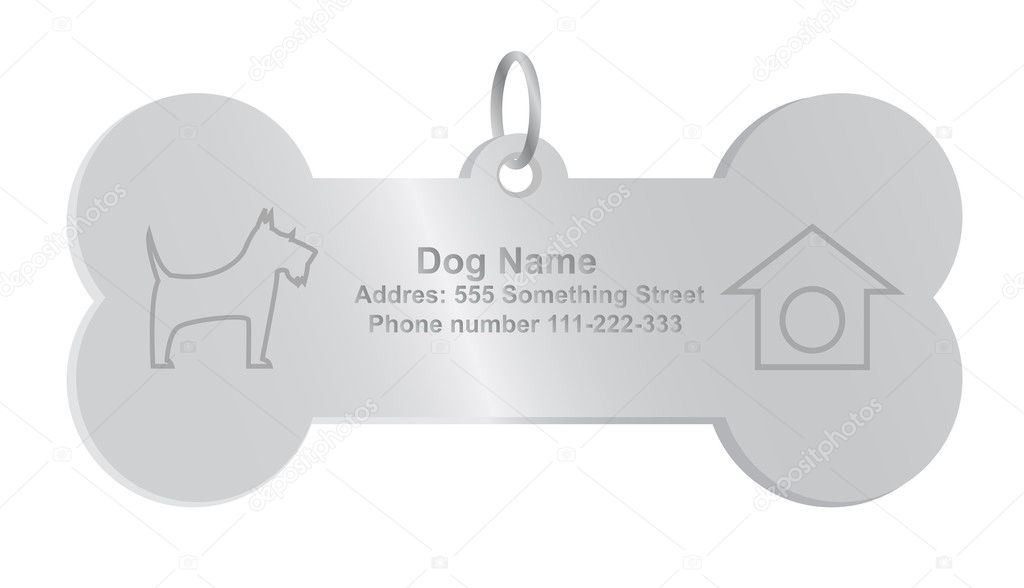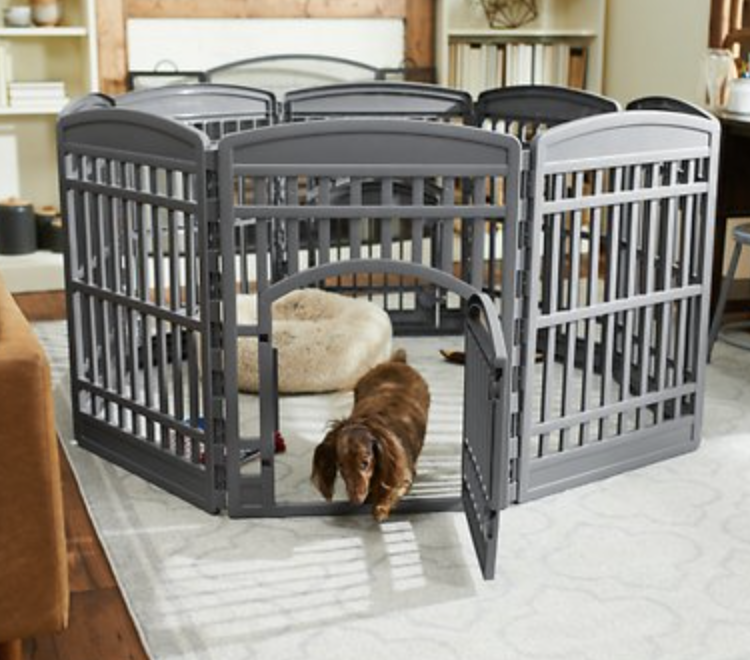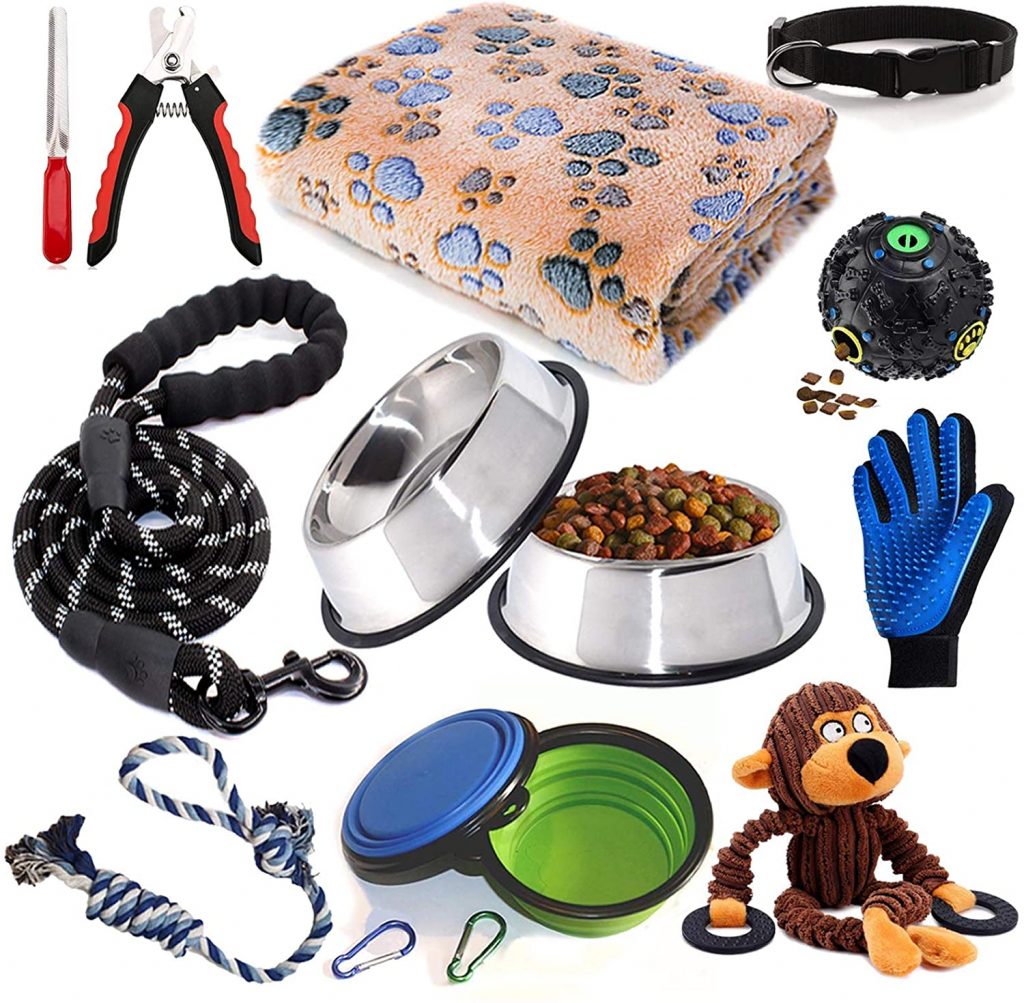Ultimate New Puppy Checklist
Getting a puppy can be a thrilling experience for any family, but there’s a lot to think about and prepare for even before you decide to adopt your dog.

Our puppy checklist can assist you in getting ready for a new dog. We’ve compiled a list of the most important things to consider when considering getting a puppy, both before and after your dog arrives.
1 – ID and Tags

Any dog lover’s heart will break at the notion of a missing pet. Don’t take any chances with your puppy’s safety. Make sure he’s wearing an ID tag on his collar. Both its and your names, as well as your address and phone number, should be included.
Microchip is a modern alternative to the ID tag which is becoming increasingly popular. Microchips are tiny capsules with unique registration numbers that are placed by veterinarians without surgery. These numbers are recorded into a database that may be scanned at animal shelters, vet clinics, and humane societies all around the world. The chip will keep your puppy connected to you regardless of where he is.
Why is a microchip used?
If their puppy’s collar is lost, many pet owners today use these in addition to ID tags. If you travel with your pet or have recently relocated, a microchip can be a necessary precaution if your puppy wanders away.

Make sure the contact information for your dog is always up to date, regardless of which method you select.
- Make any necessary changes to your home.
- Arrange your puppy’s sleeping place — a crate can provide a safe base from which to explore. Make sure it’s peaceful with plenty of blankets and bedding to keep them warm and comfortable.
- Figure out where your dog is going to eat. This should be kept separate from their sleeping quarters. Make sure you have a secure place to store their food that they can’t access.
- If there are sections of your home where you don’t want your dog to go, consider installing baby gates. Set clear boundaries for your puppy from the start, since it can be perplexing if they are permitted to go somewhere one day but are told off or stopped the next.
- Make your garden secure so your puppy can safely play outside. Check for dangerous plants and other garden risks, and make sure kids can’t squeeze through or dig under a fence.
- Puppy-proof your home. Anything that could damage your puppy should be kept safely out of reach.
2 – Dog Brush/Comb:
To retain a well-groomed coat, you may need specialist brushes and combs, depending on the breed. If you don’t, your dog’s fur will become tangled in no time.
3 – Food and Water Bowls:
Although it may appear to be a minor detail, certain puppies may require unique food bowls due to their size, eating habits, or medical considerations.
Water bowls are, of course, an important part of any new puppy checklist, and there are a variety of solutions available for new puppy parents. It includes ways to keep your puppy hydrated when traveling. Consider how much water your puppy requires.
4 – Crate

House training is an important part of being a new puppy parent, and it takes time and effort. Crate training allows your puppy to have their own safe space in your home while also reducing carpet accidents and improper chewing on shoes and other belongings. Plan to crate your puppy whenever you won’t be able to observe them, such as when you’re out of the house at work or sleeping. To assist your puppy, learn more about crate training methods.
5 – Cleaning products:

Because puppies aren’t often entirely potty trained, new pet parents should expect some mishap. To help eliminate urine stains, look for an enzyme cleanser and only use pet-safe cleaners. Prepare your household for shedding dog fur. Vacuum cleaners that include pet-hair extensions or capabilities can be useful.
6 – Puppy training tips
- Expect to devote a significant amount of time to training your new pet. Potty training, crate training, and teaching new cues are all examples of this.
- Always use positive reinforcement. When your puppy does something wrong, never hit them. Forceful reinforcement can make your puppy fearful and will not help them learn. Use positive reinforcement tactics instead, rewarding your dog with goodies or praise when they perform something you ask. This involves going outdoors to use the restroom, learning a new skill, and walking respectfully on a leash.
- Socialize your puppy as much as possible. All puppies benefit from socialization. As your puppy receives the necessary vaccines, gradually introduce them to new circumstances, pets, and people. Start with small encounters and work your way up to lengthier playdates. Always keep a watchful eye on your puppy when socializing with new pets and people to avoid bad encounters and experiences.
- Learn how to read a dog’s body language. Consult a dog trainer and brush up on dog body language and behavioral clues. Not only will you be able to tell when your puppy is unhappy or angry, but you’ll also be able to read the body language of other canines. This can assist you in intervening before a negative dog interaction occurs.
- Maintain a steady training schedule. Routines are important for puppies, especially when it comes to toilet training and acquiring new skills. Every day, set aside time for training to aid your puppy’s learning.
7 – Stock up on puppy supplies:
Before you take your new best friend home, they’ll require some equipment. Start with the basics for now, and then go shopping for extras later, based on your puppy’s temperament and preferences:
- Food and toys for puppies
- Dishwasher-safe stainless-steel water and food bowls
- Dog treats, such as training treats
- Adjustable collar
- Contact information on ID tags
- For training, a basic leash and a long leash are required.
- Pads for potty training
- Poop bags
- Toothbrushes, toothpaste, and dental treats for puppies
- Enzyme cleaner for accidents
- Anti-chew spray
- Grooming supplies
- Large dog bed and crate with plenty of room to grow
- Training clicker
- Baby gate or playpen
- Blankets
Create a schedule. A new puppy demands a great deal of time and attention. Establish a pattern and plan with other family members. Assign responsibilities so that everyone is aware of their obligations. If you must be away from your puppy for a lengthy amount of time due to work, consider hiring a dependable dog sitter to come to your home and allow your puppy out for playtime and potty breaks.
Look for a veterinarian. Even if a shelter, rescue group, or breeder has given your puppy a clean bill of health, you should take them to a veterinarian as soon as possible after you bring them home. Make an appointment with a licensed veterinarian in your region so that your new veterinarian may meet your puppy and perform a general examination.




